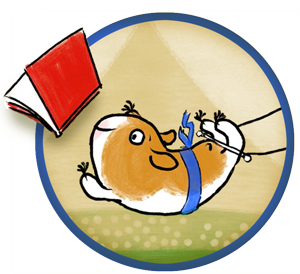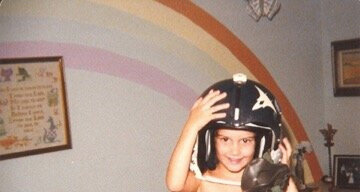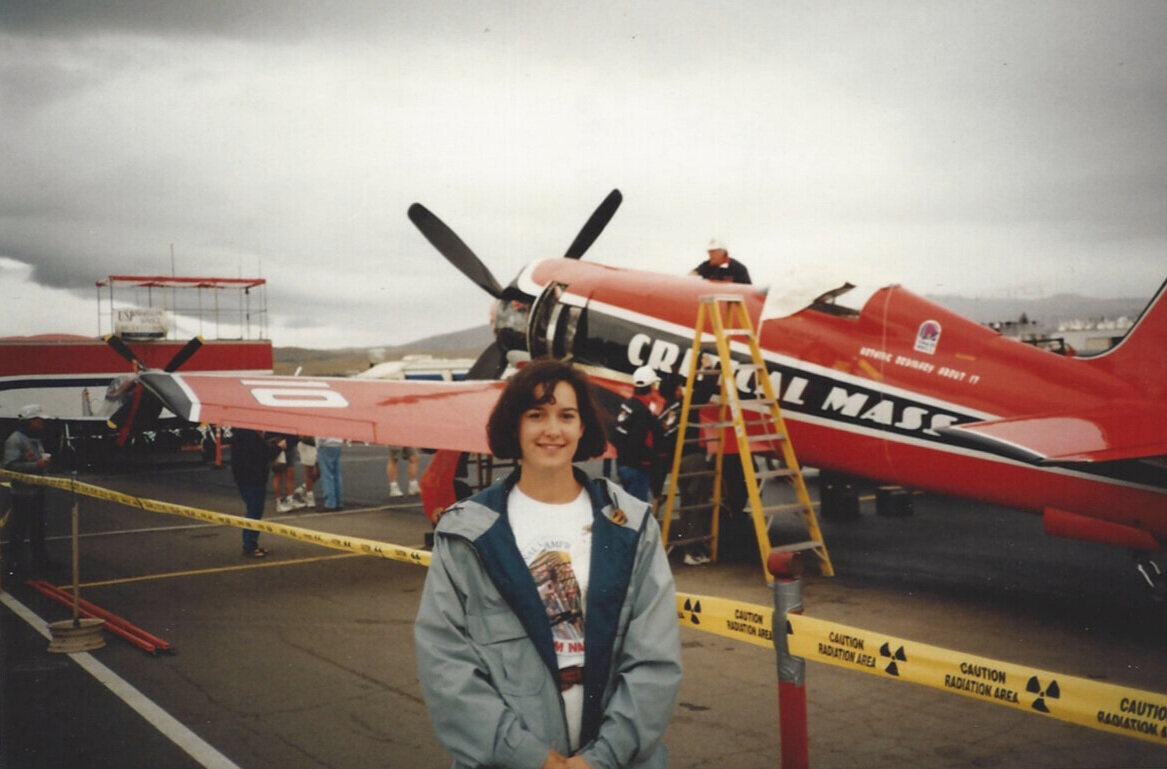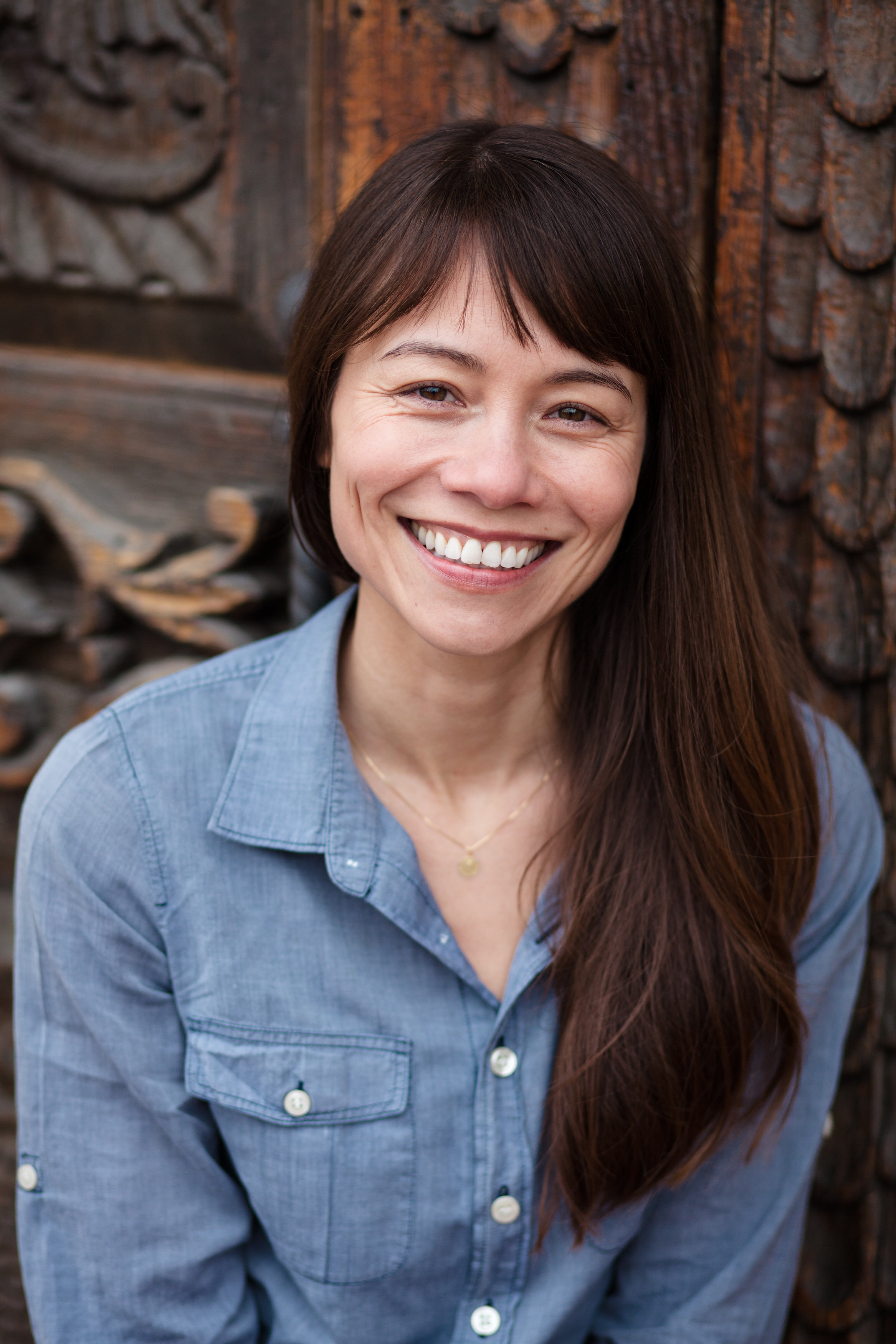By Kirsten W. Larson, Elisa Boxer, and Lindsay H. Metcalf
History isn't written in stone. More is being uncovered each day about how women and BIPOC played a role in the past. It's our job as writers to seek out these stories and fill in the gaps of contemporary understanding. In honor of Women’s History Month, three Soaring '20s authors discuss how they approach their work with this in mind.
Putting Women Back in the Narrative
In the middle ages, Maria Merian documented the life cycle of butterflies, proving they grew from caterpillars and upending the idea that they were born from mud. In the 1800s, Ada Byron Lovelace wrote the first computer code. And at Harvard Observatory Annie Jump Cannon created the classification system for stars, while Cecilia Payne discovered what the stars were made of. The truth is, women have been involved in science, engineering, and math (as well as art and literature) for centuries. But you wouldn’t know that from reading most history textbooks.
Somehow women have found themselves written out of the historical record. This may be because we so often focus on those who are first to achieve something versus appreciating all those who are working toward a goal. We spotlight those who are considered “the greatest” in their field (historically chosen by and restricted to men). And we focus on great military and political leaders in U.S history, areas women traditionally were barred from. This is the reason I write women’s history—to put women back into the story where they have belonged all along.
I wrote WOOD, WIRE, WINGS: Emma Lilian Todd Invents an Airplane, illustrated by Tracy Subisak (Calkins Creek, available now) for just this reason. Beginning three years after the Wright Brothers, Lilian, a self-taught inventor and engineer, designed a working airplane from her own imagination. Yet despite numerous newspaper and magazine articles about her efforts, she has been all but erased from history. There is no biography. No museum or college has a collection of her letters or purchased her scrapbook when it was offered for sale on eBay. But I wanted both boys and girls to know women not only flew airplanes in the earliest days of aviation, but also designed them. My hope is that by showing a more nuanced view of history, we may inspire all children to create a more inclusive future, especially in STEM fields where women have been long underrepresented.
Here are a few other books that put women back in the narrative:
Grace Hopper: Queen of Computer Code, by Laurie Wallmark and Katy Wu
Pocket Full of Colors: The Magical World of Mary Blair, Disney Artist Extraordinaire, by Amy Guglielmo and Brigette Barriger
Ada Lovelace, Poet of Science: The First Computer Programmer, by Diane Stanley and Jessie Hartland
Hidden Figures: The True Story of Four Black Women and the Space Race, by Margot Lee Shetterly and Laura Freeman
And I am looking forward to the forthcoming She Was the First!: The Trailblazing Life of Shirley Chisholm, by Katheryn Russell-Brown and Eric Velasquez
2. Spotlighting Women Who Worked Behind the Scenes
By Elisa Boxer
When it comes to women’s suffrage, we hear a lot about the fighters on the front lines, like Susan B. Anthony and Elizabeth Cady Stanton. And while these women certainly deserve all the accolades they’ve received, there were so many women working behind the scenes, doing what they could from the confines of their homes, since that’s where society kept them, for the most part.
In the case of Febb Burn, the heroine in my book THE VOICE THAT WON THE VOTE: How One Woman’s Words Made History (Sleeping Bear Press, March 15) the fact that she was stuck at home and felt shut out of the political process drove her to take the seemingly small action of writing a letter to her son, who turned out to be the swing vote in the Tennessee legislature.
Febb's words were enough to change her son's vote, and the rest, is, well, history!
Elisa’s book picks:
Brave Girl: Clara and the Shirtwaist Makers’ Strike of 1909, by Michelle Markel and Melissa Sweet
Shaking Things Up: 14 Young Women Who Changed the World, by Susan Hood and various illustrators
The Youngest Marcher: The Story of Audrey Faye Hendricks, a Young Civil Rights Activist, by Cynthia Levinson and Vanessa Brantley Newton
3. Expanding Beyond the Single Story
While there is a dearth of women in our historical narratives, a handful snag the spotlight over and over, for good reason. Stories of women like Helen Keller, Harriet Tubman, and Frida Kahlo inspire us with their fortitude, persistence, and refusal to capitulate to the pressures of the patriarchy. But how much does the average person really know about these women? How much do we know about the women who influenced famous men?
Our ability to connect personally to history is crucial if we are going to avoid repeating the mistakes of the past. Each of us is a multifaceted, intersectional individual, and likewise, historical heroes are so much more than the single story that often gets distilled. The space I try to occupy with my own work is in the nuances found by delving deep. This is how I came to write BEATRIX POTTER, SCIENTIST, illustrated by Junyi Wu (September 2020, Albert Whitman & Company).
As a child, I loved to pore over The Tale of Peter Rabbit. But to me his creator seemed abstract: an all-caps name on the front of a book who was talented with words and art.
When I learned that Beatrix Potter had spent a decade obsessing over fungi before she ever published a children’s book, I was surprised and intrigued. Suddenly she was a three-dimensional human who indulged curiosity, stared down setbacks and discrimination, and reveled in her pure enchantment with nature. All of that resonated with the girl in me who was told no, who grew up on a farm believing that her dreams might be just out of reach. Beatrix’s drive—her ability to switch gears and reinvent herself—resonates with the adult version of me, a journalist by training, children’s author by grit, and forever fan of the natural world.
Because picture books are short, my book doesn’t cover all the interesting threads of Beatrix’s life. I’m thrilled that another picture book out this year explores her influence as a conservationist (shown below).
The market has room for innumerable more books that explore influential yet underreported eras of the lives of historical figures. Here are a few books that do just that:
Frida Kahlo and Her Animalitos, by Monica Brown and John Parra
Before She Was Harriet, by Lesa Cline-Ransome and James B. Ransome
Hedy Lamarr’s Double Life: Hollywood Legend and Brilliant Inventor, by Laurie Wallmark and Katy Wu
Leave It to Abigail! The Revolutionary Life of Abigail Adams, by Barbara Rosenstock and Elizabeth Baddeley
Saving the Countryside: The Story of Beatrix Potter and Peter Rabbi, by Linda Elovitz Marshall and Ilaria Urbinati
What are some of your favorite books that write women back into history?















